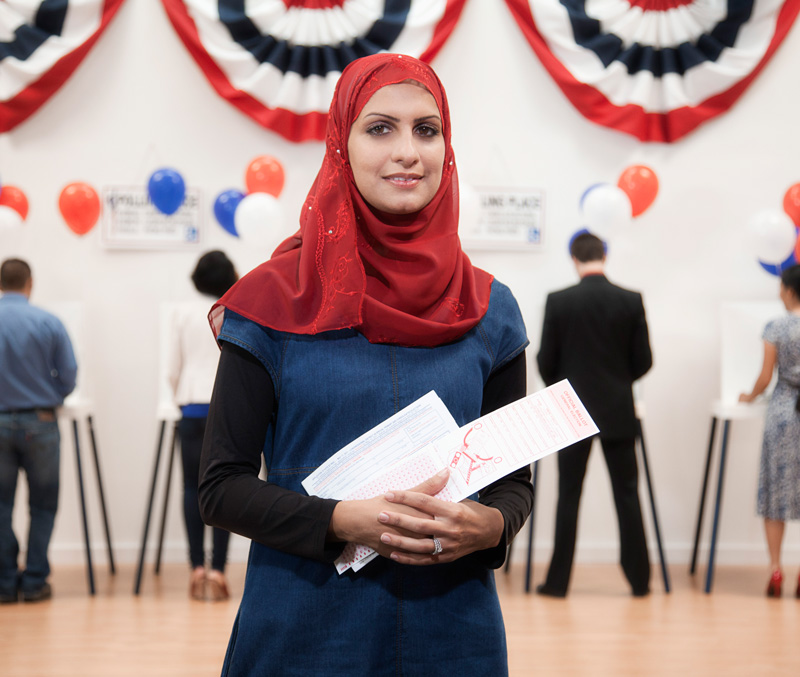Women Win Big in June Primaries
You may not have realized it, but June 5 was a pretty big day. Why? Because eight states held primary elections: Alabama, California, Iowa, Mississippi, Montana, New Jersey, New Mexico, and South Dakota. In fact, it was the year’s busiest primary day so far. In case you missed it, though, Election Central is here with some of the highlights from a busy political evening.
New Jersey
New Jersey is an interesting state politically. Even though it traditionally votes Democratic at the presidential level, conservative Republican governor Chris Christie led the state for eight years (Democrat Phil Murphy is currently governor). It also does something unusual in its elections: it lists each county party’s endorsed candidate on the ballot, practically ensuring that the candidates with their party’s endorsements will win their primaries. This happened again last Tuesday, and wasn’t a surprise. Democrats stand to gain a big boost in two congressional districts where long-standing Republican incumbents have chosen to retire rather than to run again. Post-Trump, New Jersey seems to be trending Democratic once again.
Missouri
Democrats enjoyed a good night in Missouri, where they flipped a House seat from red to blue. Lauren Arthur, a two-term state representative, became the forty-sixth Democrat to beat a Republican incumbent since May of last year.
New Mexico
In New Mexico’s First Congressional District, which includes Albuquerque, the incumbent is running for governor, which opens up the seat. In the Democratic primary, the candidate to emerge with the lead was Deb Haaland. If she wins against her Republican opponent in the fall, she will become the first Native American woman ever elected to Congress. And chances are good that she will win: in 2016, her district went to Democrat Hillary Clinton by more than 16 points. If elected, Haaland has said she plans to focus her efforts on fighting climate change, supporting renewable energy, and promoting health care for all.
South Dakota
In this deeply Republican state, the primary for the governor’s seat was hotly contested. Kristi Noem, the state’s only representative, defeated Marty Jackley, the state attorney general, in a very ugly race. If she wins in November—which is likely, given how Republican South Dakota is—she will become the state’s first female governor.
Iowa
It was also a good night for female candidates in Iowa. Democrats Cindy Axne and Abby Finkenauer both won their primaries. If they win in the general election, they will become Iowa’s first female House members.
Montana
Incumbent Joe Tester is rare: he’s a Democratic senator in a state that Trump won by double digits in 2016. However, Republican infighting and a crowded (and very expensive) primary meant that Republicans were divided about which of their primary candidates to back. In the end, Matt Rosendale, the conservative state auditor, won the primary and will face Tester in the fall.
California
California is another state with an unusual primary structure. Here, the top two candidates advance to the general election, regardless of party affiliation. This is especially tricky for Democrats: because California leans so heavily Democratic, there are often so many Democratic candidates that the party is faced with a “jungle primary” situation. It could be possible that if many Democrats run, no single Democratic candidate wins enough votes to make one of those two spots to advance to the general election. Furthermore, California accepts mail-in ballots through the end of the week, as long as they were postmarked by Election Day, meaning that it can sometimes take days or even weeks to determine a winner. But the governor’s race was decided clearly. Former San Francisco Mayor, Democrat Gavin Newsom, will face Republican (and Trump-endorsed) John Cox in November. And in the 39th District, Young Kim won the Republican primary. If she wins the general election this fall, she will become the first Korean-American woman in Congress.



